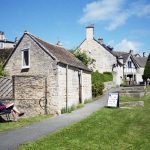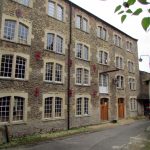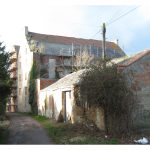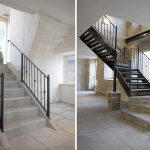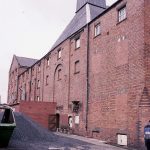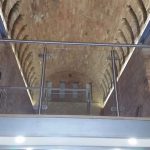The Association for Industrial Archaeology celebrated the European Industrial and Technical Heritage Year 2015 with the launch of the AIA Creative Re-use Award.
The awards were announced by AIA Chairman Keith Falconer OBE, on 1 December at the evening reception of the "Reviving Places by Reusing Industrial Heritage Conference" held in Manchester. The Conference was organised by the Princes Regeneration Trust, Historic England and the Heritage Lottery Fund with partner input from the AIA.
Five awards have been made to industrial buildings which have been successfully re-used, three for projects with a strong community focus and two for commercial projects. The end use of the buildings ranges from an arts centre and craft studios, to offices and residential apartments.
[ Click on any image to see a larger version ]
The three community focused awards went to:
Best Creative Reuse Awards 2015
Related posts
Join the AIA Mailing List
Join the AIA Mailing List to get updates about all future events.


